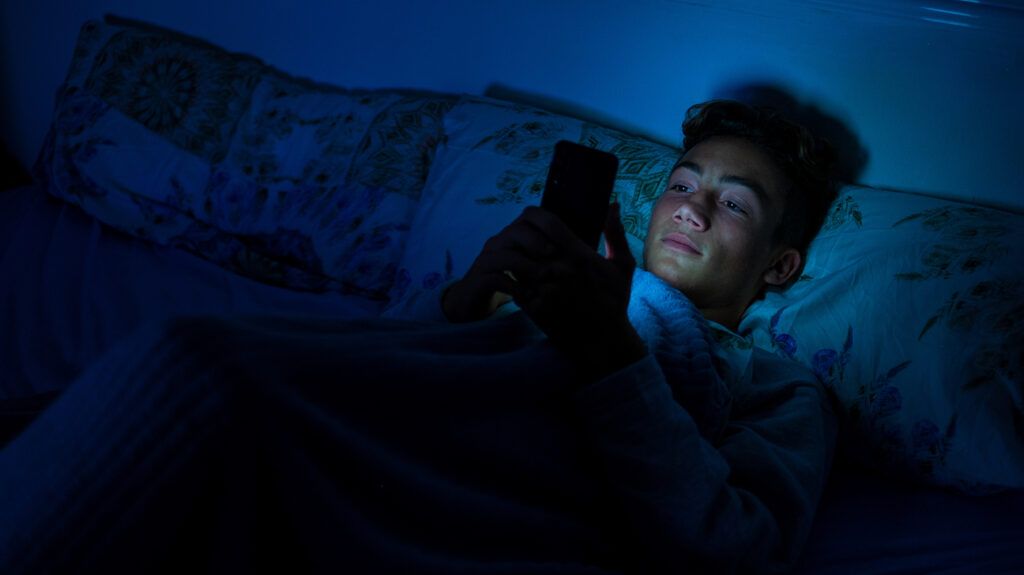Having sex at a young age can have negative consequences, but knowing how to approach the subject with your child can be protective.

It’s natural for children and adolescents to want to explore their own and another person’s bodies. When puberty hits, the rush of sex hormones can intensify the urge to explore and experiment.
Adolescence occurs between ages 10 and 19 and is a crucial development period that influences health later in life. It’s known that exposure to sex during this period, particularly before age 16, can have negative consequences.
Understanding these consequences can help shape how you approach the subject with your children, and there are steps you can take at home to prevent early exposure to sex.
Having sex for the first time at a young age is linked to various negative outcomes. A
Early exposure was defined as having sex at age 14 or younger. For this young study group, researchers discovered that early sex was linked to a two or three times greater likelihood of:
- having 2 or more sexual partners in the past year
- having a sexually transmitted infection (STI) in the past year
- experiencing symptoms of depression in the past week
The negative effects were experienced more by female participants, which seems to be a trend across the research that examines early initiation of sex.
A
Additional research that examined various effects of early sex on health outcomes later in life demonstrated the following trends:
- women who start having sex before age 16 are
more likely to get divorced - the onset of sexual intercourse before age 14 is
associated with high risk-behaviors and dating violence - in males, cannabis abuse is
more likely to occur with early exposure to sex
An additional cause for concern among adolescent females is the increased risk of unplanned pregnancy.
Sexual explicitness through media such as:
- internet pornography
- television and movies
- sexually suggestive text messages or “sexting”
- sexual cyberbullying or “sextortion” through smartphone apps or video games
- sound recordings
Premature exposure to sexual behavior can also occur in-person during childhood as a natural part of development. According to the American Academy of Pediatrics, whether or not it’s problematic depends on the degree and frequency the behavior occurs.
Sexually curious childhood behaviors:
- masturbation or touching genitals in public or private
- showing or being exposed to another person’s genitals
- trying to see adults or peers naked
The above are generally considered healthy behaviors unless they:
- are frequently disruptive to others
- result in emotional distress or physical pain
- involve force
- are attempts to imitate intercourse
Extensive research from 2020 sponsored by the U.S. Department of Health and Human Services identified specific factors that can prevent or encourage early exposure to sex.
Protective factors include:
- connectedness to parents, e.g., family dinners, secure emotional attachments
- open communication with adolescents about sexuality
- positive peer role models
- connectedness to community, religion, and teachers
- the ability to regulate emotions
- self-determination and positive self-perception
Risk factors include:
- abuse, neglect, or violence in childhood
- parents with insecure or anxious attachment styles
- living in an unsafe community with high poverty
- exposure to sexually explicit TV and movies
- alcohol and drug use among peers
- negative self-esteem
If you suspect that your child is engaging in early sexual activity or strongly considering it, there are resources you can utilize to help.
A good start might be to have an open conversation with your child about:
- sex
- boundaries
- consent
- the risk of STIs
- pregnancy prevention
- healthy relationships
The U.S. Department of Health and Human Services offers various tips to help parents discuss sex with their children.
Reach out to your child’s school district and ask about community sexual risk reduction programs. Find out
